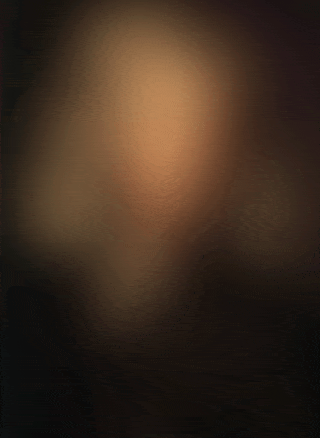This post was published in the Common Craft Newsletter Subscribe Here
We've all seen the digital image format JPEG (Joint Photographic Experts Group). It's a standard on the web because these images can be compressed, which creates smaller file sizes and easier sharing. The compression happens in two forms that serve as a useful analogy for explanations.
Baseline Compression - This form of compression works in full resolution, line-by-line. The image is complete when every line is present.

Progressive Compression takes a different approach. It starts blurry and develops into full resolution.

The Lesson for Explainers
We all have the Curse of Knowledge. When we know a subject well, it interferes with our ability to make accurate assumptions about the knowledge of others. What seems normal and simple for us can be confusing for learners.
When we understand an idea fully, it appears to us in high resolution. We learned the basics long ago and now see the details, technicalities, and exceptions. When it's our turn to teach someone, we must adjust our thinking and consider what will work for our audience. The two types of image compression above are a way to approach this situation and counteract the curse.
Baseline Explanations
When your audience is informed and generally matches your level of knowledge, you can think about using a baseline explanation. Here the idea is presented piece-by-piece in full resolution. You assume the big idea is clear and your explanation is more linear, from beginning to end. This could be an explanation of a process, flow of information, or a financial model.

Progressive Explanations
When your audience is new to an idea, they will need to see the big picture. Here, the idea is low resolution at first. Only the big ideas are visible. Details are not apparent or discussed, yet. The process builds from blurry shapes to recognizable forms, and eventually to full resolution. This approach works well for introductions to new concepts, or when context is useful.

Your Next Explanation
The next time you need to explain an idea, think about the curse of knowledge, JPEGs, and what approach will work best for your audience. Do they need to see the big blurry idea first, or can you dive into the details?